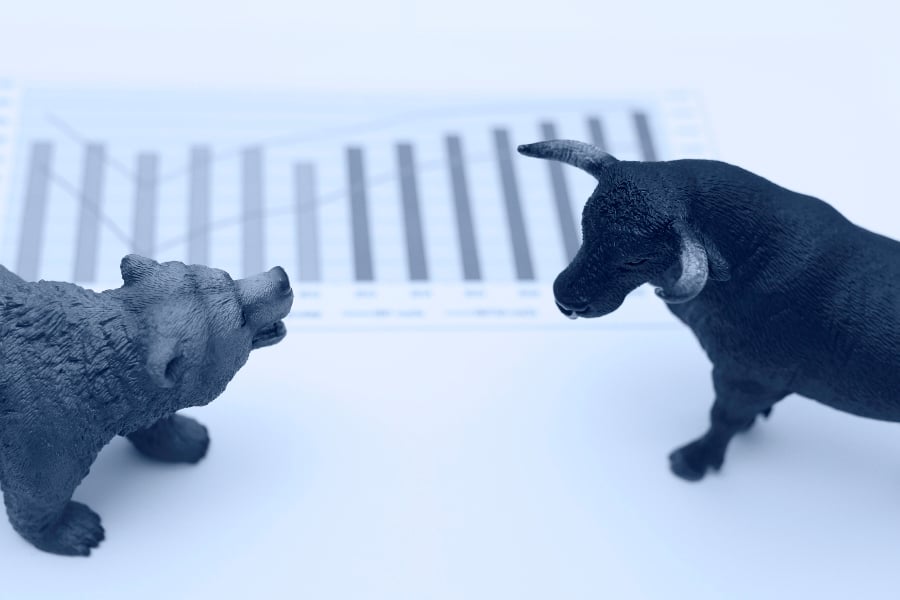So big have been the inflows that the market capitalization of inverse products is on the verge of eclipsing bullish exchange-traded notes for the first time since 2013.
The most aggressive traders are joining the growing ranks of those betting against the three-month rally in U.S. stocks.
Since the end of February, investors who use leveraged exchange-traded funds have sent $1.3 billion into exchange-traded notes that pay two or three times the inverse of the market's return, meaning they go up when stocks fall. So big have been the inflows that the market capitalization of inverse products is on the verge of eclipsing bullish notes for the first time since 2013.
Such deposits are rare when the market is rising: it's the first time in at least five years that such ETFs attracted money while the S&P 500 advanced, data compiled by Sundial Capital Research Inc. show. At the same time, ETFs with a bullish stance suffered outflows of $660 million.
While usually followers of prevailing trends, traders employing leveraged ETFs are now refusing to turn bullish even as the S&P 500 jumped 14% in a rebound that restored $2.5 trillion in values since the Feb. 11 low. While some view the sentiment as a contrarian sign, levels of bearishness keep growing when measured by short interest and flows to defensive stocks.
“In order for stocks to have a sustainable rally, investors need to become more bullish, not less,” Jason Goepfert, president of Minneapolis-based Sundial, wrote in a note Monday. “This has the potential to be a positive factor, but the flow of funds needs to reverse back in favor of long funds.”
Investors are embracing safety as the S&P 500 is within 2.5% of an all-time high reached 12 month ago and corporate profits are mired in the worst decline since the financial crisis. Companies with stable earnings and dividend payouts, such as utilities and phone-service providers, have led this year's gains, and the iShares MSCI Minimum Volatility ETF is the most popular drawing almost $5 billion in fresh money. At the same time, bears are standing firm, with short interest sitting near a seven-year high.
The inflows boosted assets among inverse ETFs by 30% to about $6 billion, with the group poised to close a deficit held versus long ETFs that at its worst point swelled to more than $8 billion last year. Sundial's study found that since 2010, there have been five instances that the S&P 500 advanced as it just did in February and in all instances, inverse products suffered outflows.
This year, traders kept adding to their bearish bets despite the rally. UltraShort S&P500 ProShares, whose daily return is double the inverse of the gauge's performance, has attracted $950 million since February, data compiled by Bloomberg show. ProShares UltraPro Short S&P 500, designed with a triple effect, added about $480 million.







